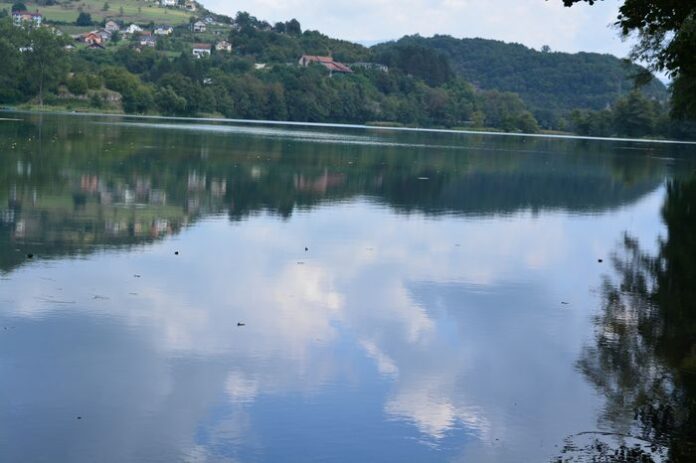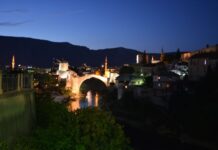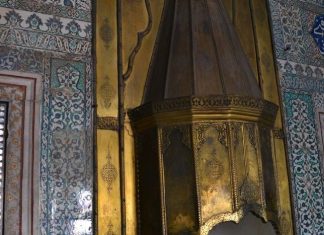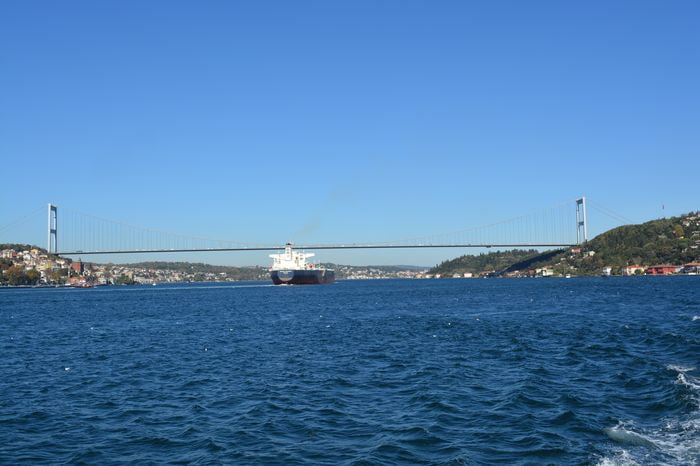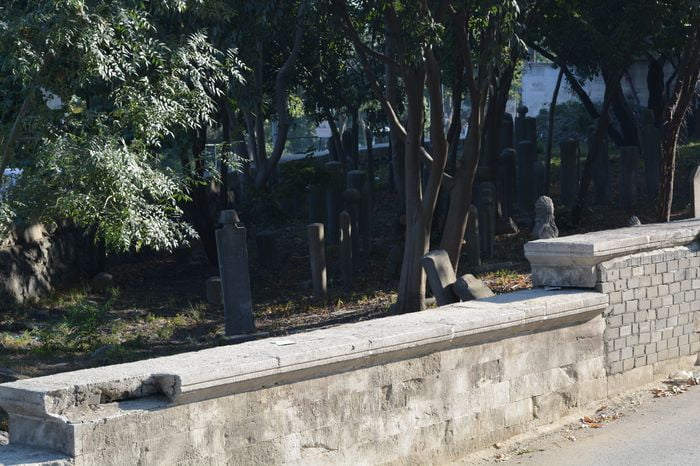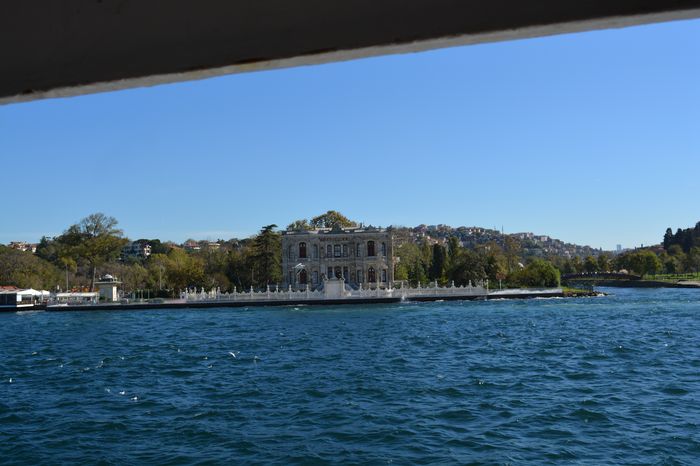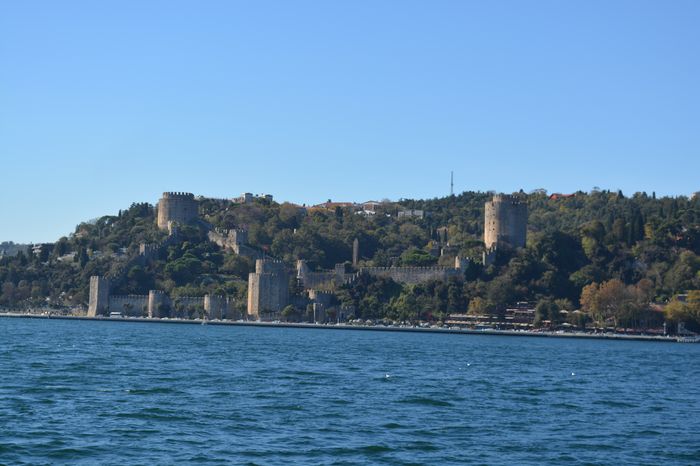At the eastern end of the Sea of Marmara lies the Bosphorus Strait. Like the Hellespont (also known as the Dardanelles), the Bosphorus connects two important bodies of water—in this case, the Sea of Marmara and the Black Sea. These two narrow waterways are natural boundaries between Europe and Asia.
Because of their location, they have always been considered very important for trade and military control. Since the days of Alexander the Great up to the reign of Alexander II of Russia, these straits have been the center of many battles and political conflicts between powerful nations Ephesus Guided Tours.
The Golden Horn A Natural Harbor
Where the Bosphorus meets the Sea of Marmara, there is a small bay known as the Golden Horn. This bay is about half a mile wide at its entrance. It stretches inward for about three miles, curving like the shape of a horn or cornucopia.
The Golden Horn narrows gradually and ends where a small stream of fresh water flows into it. This natural harbor has been used for centuries, especially by the old city of Constantinople, because it provided shelter for ships and protection during times of war.
The Peninsula of Stamboul
Between the Golden Horn and the Sea of Marmara lies a tongue-shaped piece of land. It is very similar in size and shape to Manhattan Island in New York. However, this land rises higher in the middle—up to about 500 feet above sea level.
The center of this ridge is broken up by several deep gullies, like cuts carved by flowing water over many years. This ridge forms the heart of old Stamboul, the historic core of Constantinople The Fez Factory in the Village.
At the very tip of the land, where the Golden Horn meets the sea—similar to Battery Park in New York—is the Seraglio. This was a large complex of palaces where Ottoman sultans lived before the 1800s.
The Historic and Modern Sublime Porte
The entrance to the Seraglio is through a grand marble gate known as the Sublime Porte. This gate gave its name to the Ottoman government, especially in diplomatic discussions. When historians or foreign leaders refer to the “Sublime Porte,” they mean the central authority of the Ottoman Empire.
In modern times, a newer and even more impressive Sublime Porte was built. It also serves as an entrance, but now it leads to a group of government buildings. Inside the grounds are the palaces of the Grand Vizier, the Ministry of Finance, and other important offices that run the state.
